Contents
Introduction
The United States Joins The Game
The Importance of Iran’s Response
The Art of Misdirection
Concluding Remarks
Other News In Geopolitics This Week
Bitesize Edition
I finished writing this series of posts on Israel and Iran a few days ago, with the last post set to be released today. However, we have since seen the United States launch an air campaign against Iranian nuclear enrichment facilities. So, once again, the topic of today’s post is going to change. We won’t be exploring scenarios of a U.S. attack on Iran, because that has now occurred.
In light of this U.S. attack, where do we go from here? Does Iran pursue a deal? Are its nuclear enrichment capabilities completely destroyed, or did advanced warning give them the opportunity to relocate their assets? Will we see radiation contamination as a result of the attacks? Will Iran respond aggressively?
There are so many questions still to answer in the aftermath of this US operation against Iran. Today, I’m going to cover them all.
Introduction
Before diving into anything, it’s worth noting that Seymour Hersh predicted this on Friday. He stated that the attack would occur over the weekend, so Trump didn’t immediately impact the stock market. Always about protecting the bottom line, right?
I now have almost 9000 words of writing left to post on the US attack and future scenarios. I’m not going to post this all at once, so today, I’ll discuss the US attack individually. Hopefully, no major developments unfold before Thursday, and I can finally post the scenario analysis for where this conflict could be heading. For today, let’s dive in.
The United States Joins The Game
Trump said he would make a decision within two weeks on a potential Iran strike. This allowed everyone to breathe a temporary sigh, thinking that we had two weeks to ponder the consequences of such a move. But it was all smoke and mirrors. Trump attacked Iran unexpectedly within two days, and had reportedly decided to do so on Wednesday. It’s worth noting that this exact exercise was practiced by the US and Israel last year. So, for at least a year, it’s been a consideration that we would one day potentially find ourselves in such a geopolitical environment as we do today.
So, what occurred as Trump ordered the United States to strike Iran militarily?
The attack involved 125 US military aircraft, importantly including seven B-2 stealth bombers. The attacks targeted three nuclear enrichment facilities in Iran: Fordow, Natanz, and Isfahan. Since Fordow is built into a mountain and is expected to sit 240 feet underground, this required B-2 stealth bombers, since they are one of the only aircraft that can carry GBU-57 “Massive Ordnance Penetrator” bunker bombs. This fact alone likely played a large role in contributing to US direct involvement. If the US gave these bombs to Israel, they couldn’t do anything with them.
The aerial operation was veiled in misdirection. Early reports suggested that aircraft took off from the United States heading west, with the planned destination of Guam, before potentially heading onto Diego Garcia, a base the United States shares with the UK in the Indian Ocean.
However, at the same time, aircraft took off from Whiteman Air Force Base in Missouri and headed East. According to a New York Times report, they were in the air for 37 hours non-stop, and they refuelled several times in mid-air.
The USS Georgia in the Middle East also launched 30 Tomahawk cruise missiles at the bases in Isfahan and Natanz. The B-2s then dropped 12 bunker buster bombs at Fordow, with another 2 hitting Natanz. They weren’t attacked in response by the Iranians, and after the attack, they turned around and flew back to Missouri.
Trump’s speech after the attack can be seen here.
Firstly, the damage at Natanz is seen here in images published by Maxar:
This was the damage seen at Isfahan:
Finally, the craters at Fordow can be seen below:
Outside of the three facilities above, during the clashes between Israel and Iran, the Khondab Heavy Water Research Reactor in Arak was also hit on June 19th, and the Tehran Research Centre has also been hit. Iran’s nuclear industry has clearly taken a hit.
Israel also broke the ceasefire with Hezbollah as they launched strikes into Lebanon, likely in an attempt to prevent or warn Hezbollah from restarting attacks against the Israelis. We’ve seen that escalatory spirals can start with “pre-emptive” attacks when Israel attacked Iran last week, so why not risk starting more escalation?
Iran will seemingly now respond to this attack, as has been stated by President Masoud Pezeshkian. What will this response look like?
The Importance of Iran’s Response
During Trump’s first term, we saw him undertake the assassination of the former commander of Iran’s Quds Force, Qassem Soleimani. The Soleimani assassination had severe effects in both Iran and Iraq, where protests occurred against US influence in the Middle East. We also saw further aftereffects last year in Kerman, Iran, where 103 people were killed in a bomb blast at an event for Soleimani. This was different from the current events, however, given that the hit on Qassem Soleimani happened in Baghdad. But it is still worth asking, how did Iran respond back then?
They largely used their proxies at that time, but they also launched ballistic missiles at the Al Asad base in Iraq. From here, we de-escalated.
Today, their proxies are weakened, so any similar attack from the proxies alone would likely have a diminished impact on US assets in the Middle East. Also, direct attacks between Israel and Iran have occurred, and now the United States has also hit Iran itself.
So, this time, we’re in a different geopolitical environment than 2020. With that in mind, what could we see from Iran? These scenarios can first be separated by a potential time horizon for such a response.
Retaliate Immediately - We did see the IRGC target Israel with two waves of ballistic missiles on the morning after the US attack. One impact was recorded in Haifa that wounded 11. So, we know Iran isn’t going to do anything in response since it already launched these attacks. Iran also used intermediate-range ballistic missiles for the first time (Khorramshahr-4) to hit Ben Gurion International Airport, Israel’s biological and chemical research centre in Ness Ziona, and other military assets.
Retaliate Later - However, we could also see a wider Iranian response over the coming days, weeks, or even months.

Next, what shape could a longer-term Iranian response take?
Attacks Against US Bases in the Middle East - Last week, the United States was evacuating personnel, aircraft, and ships from bases on the Persian Gulf. However, Iran can hit Israel, so other bases in the Middle East remain potential targets. When the United States assassinated Qassem Soleimani, it was the bases in Iraq that Iran hit, albeit there were no casualties. Iran has stated that if the United States does get involved, it will hit US bases in host countries. Based on this Iranian warning, this remains a scenario we could see unfold. The ball then ends up back in the court of the United States, which would then face a choice: See the Iran response as de-escalation, just as occurred in 2020, or stick to their word and launch yet another escalatory attack against Iran. In short, the characteristics of an Iranian response against US bases in the region are one of the most important developments to keep an eye on here.
Proxies Increase Aggression Against US and Israel Despite Their Weakness - This is already happening. The Houthis have announced that they will join the war via a video post on X. Again, this could see maritime trade impacted as, once again, we see escalation in the Red Sea.
Strait of Hormuz Blockades - This remains unlikely even with the latest escalation because it would hurt Iran also. We’re not anywhere near “last resort” territory for the Iranian regime, where such a move as blocking the Strait of Hormuz could be a last-gasp effort to cause instability. However, this scenario is something the US and Israel are aware of, as there were reports that Iran’s main naval facility in the Gulf at Bandar Abbas had been attacked. Also, the Iranian parliament did approve such a measure in the last few days, but without the relocation of physical assets, this is purely symbolic.
So, in summary, with the United States not planning any further strikes at this time, whether they become embroiled in another sticky conflict in the Middle East now sits with the Iranians.
But, in issues such as this that are so deep and complicated, we have to look deeper. Another potential scenario to consider is that this is all part of a larger plan of misdirection.
The Art of Misdirection
Some have debated whether this entire debacle is an example of a geopolitical game. Are we being misled? Of course, this isn’t a game at all, with innocent civilians harmed on both sides. But was this performative? And if so, why?
One potential supporting reason for this being a performance was the activity we saw around Fordow in the days leading up to the attack by the United States. A number of trucks entered the facility, in a move that could imply an evacuation of personnel, but also of nuclear assets. The Iranians have stated they knew of potential attacks even further in advance, and that all assets had been moved back in March. Regardless, Iran has clearly been preparing for an attack at Fordow. Some have reported that the trucks were carrying dirt that the Iranians could use to attempt to limit the damage from an attack.
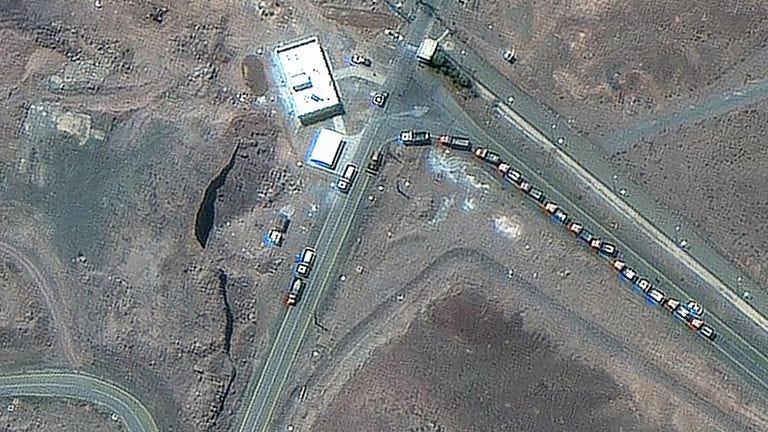
If this is the case, the United States could have hit an empty facility and caused little damage with the bombs it did use.
Evidence on the surface of the mountain does show that an attack occurred, with new holes emerging on satellite imagery as weapons penetrated into the ground. But the damage to this facility is unknown at this moment, and perhaps it never will be known.
Any damage at Fordow would slow Iran’s nuclear industry down, but if assets were relocated, the question becomes, to where?
Also, some have stated that now that the United States is involved, Iran will rush to a bomb in response, as a deterrent to defend the regime, because negotiation seems ever more unlikely. This can likely boil down to Iran’s nuclear industry becoming a lot more secretive as a result of these attacks. Also, in the short term, Iran’s nuclear industry will be affected, but in the long term, there are aspects of it that bombs can’t destroy. It was reported by Trump’s National Intelligence Director, Tulsi Gabbard, that Iran wasn’t building a nuclear weapon, but the United States attacked anyway. What if, through this risky, provocative attack, they see the opposite of what they wanted, and Iran speeds up its pursuits in the nuclear realm?
A second potential characteristic of this attack that could imply there is a bigger plan at play is that the United States reportedly warned Iran beforehand that attacks would be coming through the usual Swiss backchannels. This was supported by the evacuation of Fordow, unless Iran took this individually as a precaution.
If this larger plot is to be believed, what could be its aim?
Would the aim be to give Israel the level of “success” it was seeking by starting this war with Iran in the first place? Is that why the United States warned the Iranians beforehand? Does this give everyone the “off-ramp” they require? Note, the Israelis are also spending a lot of money on this war, and they have taken damage themselves. They could also be seeking de-escalation, but Netanyahu has to maintain his “strongman” image to maintain his own political career, and so it wouldn’t come from him.
If this larger plot is the case, I’d suspect a response from the Iranians similar to the Qassem Soleimani assassination in 2020, where Iran launched attacks at US bases in Iraq, but no casualties occurred. As a result, everybody could claim some kind of “victory”. This would stop the escalatory rise, and we’d suddenly see a de-escalatory downspiral form. As of today, we aren’t there yet, so Iran’s next moves, and any moves in response, are vital to monitor.
However, if this isn’t the case, and background forces aren’t working diplomatically, the scenarios become a lot more open.
Trump could also be trying to distract from events at home. Musk posted on X that Trump was in the Epstein files before apologising and stating he likely took things too far. The No Kings protests also overshadowed Trump’s military parade. Also, his Big Beautiful Bill is being seen as far from beautiful; he has formulated very few trade deals in the aftermath of his sweeping tariff policy, and the immigration policy is seeing negative rhetoric emerge from multiple angles and the protests in LA, where he called the National Guard.
There is so much happening that it’s difficult to keep up. The short, most truthful answer anybody can give when asked “where do we go from here” is “I don’t know”. But, in assessing these events, we can better understand the incentives behind all the actors involved here. At least then, if we do see specific scenarios unfold over the coming days and weeks, whether escalation or de-escalation, we can know the potential reasons as to why.
Concluding Remarks
One potential issue here is that the status of Iran’s nuclear enrichment facilities is unknown, especially in Fordow. Geographically, the entry holes are visible, but we don’t know how deep the bombs travelled, or what damage occurred under the surface. The IAEA reported that no radiation was detected at any facility in the aftermath of the attacks, which is, of course, good news, but it indicates that assets had been relocated or the damage wasn’t deep enough. Also, the status of Iran’s enriched uranium is unknown. So, can this truly be painted as an Israeli success? As stated above, it depends on how much the war is costing them, and where they draw the line at “weakening” the Iranian nuclear ambitions. Also, they launched this strike under the guise of “pre-empting” Iranian nuclear weapons. They would likely do this again in the future if they wanted to. This would lead to longer-term escalation, but a potential de-escalation in this current chapter. It depends on whether Israel and the US want a symbolic win or a real one. We’re also now looking towards Iran’s next moves.
As a result of this dramatic change, the scenarios that I had explored when I finished this post last week now require edits. So, on Thursday, I’ll dive into where this situation could go from here.
Other News In Geopolitics This Week:
Africa
Asia
Europe
Asking Prices For UK Homes Show Biggest June Fall Since 2011
British Steel Secures £500m Contract To Supply UK Train Tracks
European Ministers Held Nuclear Talks With Iran On Friday In Geneva
Seven People Charged After Protests Outside Iranian Embassy In London
UK and Canada Agree To Establish Trade Working Group, Expand Defence
UK Gold Mining Company Bluebird To Convert Revenues Into BTC
UK’s Palestine Action Protest Group To Be Banned Under Terrorism Act After RAF Base Break-In
Zelenskyy Hopes For New Arms Package At G7 But Trump Leaves Early
Middle East
Abu Dhabi Makes Major Push Into LNG With $19B Santos Takeover
Fewer Ships Entering Strait of Hormuz, Even Iran Racing To Get Tankers Out Of The Gulf
IAEA Warns Strike On Iran’s Bushehr Plant Would Create Nuclear Disaster
Syrian Church Victim Of Suicide Bombing, Killing At Least 25
North America
Appeals Court Unholds Trump’s National Guard Deployment In LA
Freed American-Israeli Hostage Edan Alexander Returns To New Jersey
LA District Attorney Announces Charges Against People Over Anti-ICE Protests
Nimitz Strike Group Arrived In The Middle East Over The Weekend
Only 16% of Americans, and 19% of Trump Voters, Want War With Iran
Supreme Court Allows Victims Of Terrorist Attacks Overseas To Sue In US Courts
Texas Instruments Unveils Largest Foundational Chip Manufacturing Investment In US History
Trump Admin Considers Expanding Travel Restrictions To 36 Additional Countries
Trump Orders ICE To Expand Illegal Immigrant Deportation Efforts
Two U.S. Soldiers Die In Non-Combat Incidents In The Middle East
US Deploys At Least 28 Air Force Tankers Across The Atlantic
US Increases Surveillance Amid Fears of Iranian Sleeper Cells
South America
Other
Astronomers Pin Down Universe’s Missing Matter In Cosmic Web
Fertiliser Markets In Chaos After Iran’s Urea Production Shuttered
Scientists Reconstructing 10,500-Year-Old Woman’s Face Using DNA
Thanks for reading! I’d greatly appreciate it if you were to like or share this post with others! If you want more, then subscribe on Substack for these posts directly to your email inbox. I research history, geopolitics, and financial markets to understand the world and the people around us. If any of my work helps you be more prepared and ease your mind, that’s great. If you like what you read, please share this with others.
Key Links
The Geopolitics Explained Podcast
If you want to see daily updates and discover other newsletters that suit you, download the Substack App.
You can become a paid subscriber to support my work. There are paid posts every Thursday and long-form monthly articles in my global questions series exclusively for paid subscribers. The Geopolitics Database is also accessible. Read Geopolitics Explained for 20p per day or start a free trial below to find out if my work is for you! I appreciate your support!
Sources:
https://www.bbc.co.uk/news/articles/cdj9vj8glg2o
https://www.bbc.co.uk/news/articles/cvg9r4q99g4o
https://www.theguardian.com/world/live/2025/jun/13/israel-iran-strikes-defence-minister-tehran-middle-east-live
https://www.dailymail.co.uk/news/article-14806795/Israelis-warned-bomb-shelters-Iran-missiles.html?ns_mchannel=rss&ns_campaign=1490&ito=1490
https://www.bbc.co.uk/news/live/c93ydeqyq71t
https://www.bbc.co.uk/news/live/c2kqkd03xn5t
https://safeairspace.net/
https://syria.liveuamap.com/
https://israelpalestine.liveuamap.com/
https://x.com/manniefabian
https://en.wikipedia.org/wiki/Assassination_of_Qasem_Soleimani
https://x.com/sentdefender
https://x.com/Osint613
https://x.com/TreyYingst
https://x.com/EndGameWW3
https://x.com/IRIran_Military
https://www.reuters.com/markets/commodities/israel-iran-war-already-takes-toll-oil-gas-sector-2025-06-17/
https://en.wikipedia.org/wiki/Strait_of_Hormuz#/media/File:Stra%C3%9Fe_von_Hormuz.jpg
https://en.wikipedia.org/wiki/2024_Iran%E2%80%93Israel_conflict
https://en.wikipedia.org/wiki/April_2024_Iranian_strikes_on_Israel
https://en.wikipedia.org/wiki/April_2024_Israeli_strikes_on_Iran
https://en.wikipedia.org/wiki/October_2024_Iranian_strikes_on_Israel
https://en.wikipedia.org/wiki/October_2024_Israeli_strikes_on_Iran

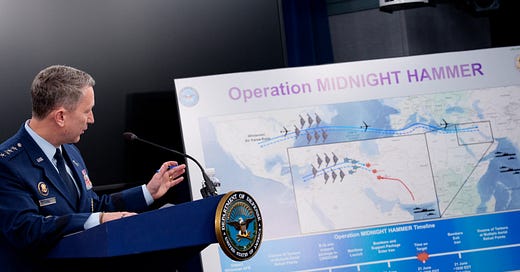




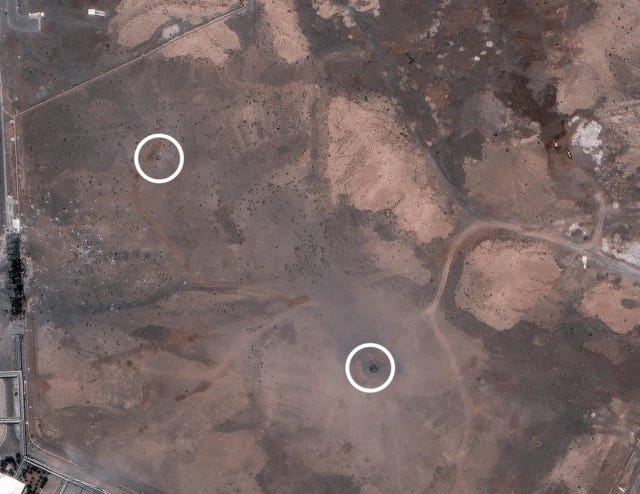
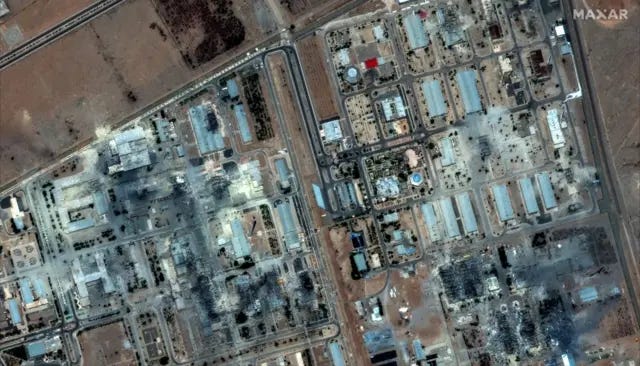


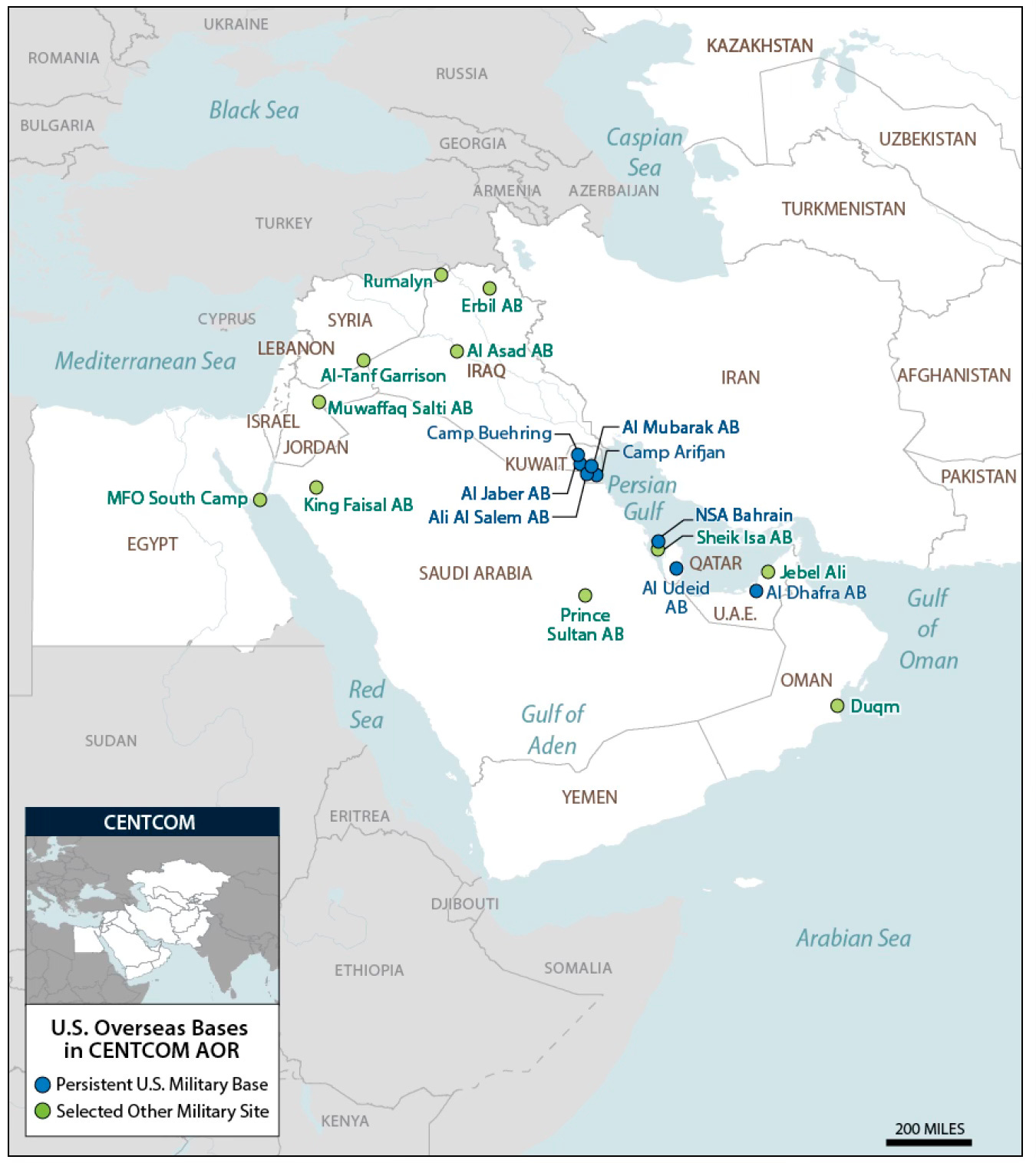
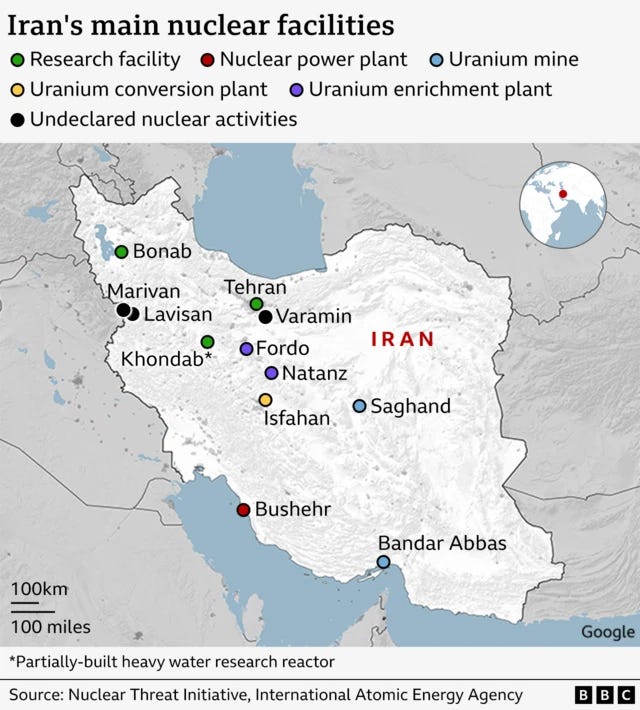


















so deeply researched! good job looking forward to reading more of your writing!!